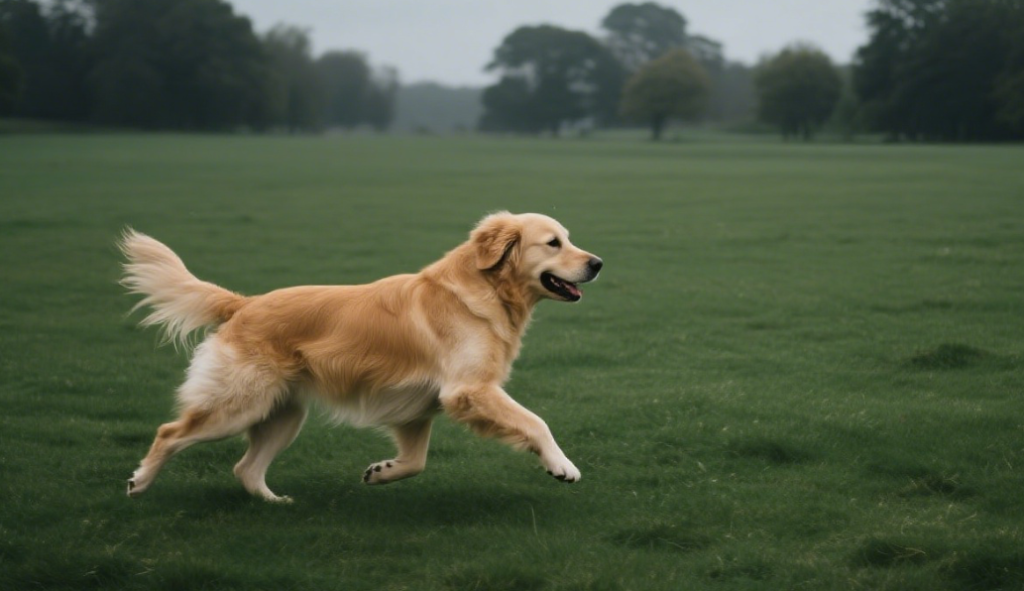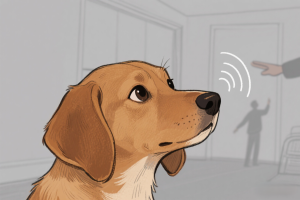Every morning, when the first rays of sunlight peek through the curtains, is your dog already at the door, tail wagging, holding its leash, eyes full of anticipation? That eager little gaze seems to be saying, “Hey human, hurry up and take me out for a walk!” But do you really know how many times your dog needs to go out each day? Are you truly meeting their needs? Today, let’s have a proper chat about this important topic.
-
Different Dogs Have Different Outdoor Needs
① Body size affects the number of walks
When it comes to how often a dog should go out, the first thing to consider is its size. Just like humans, dogs of different sizes have very different energy levels. Small breeds, like Toy Poodles or Bichons, are lively but have limited stamina. Generally, taking them out 2–3 times a day for 15–30 minutes each time is sufficient. You’ll notice small dogs in apartment communities running around, sniffing here and there, and then happily staying home afterward.Medium to large breeds, such as Golden Retrievers, Huskies, or Labradors, are “athletes” with high energy. Without daily walks to burn off energy, your furniture could pay the price! These dogs need to go out at least 3–4 times a day, ideally for 30 minutes or more each time. My neighbor’s Golden Retriever, for instance, goes out for a walk in the morning and another in the evening, each lasting over half an hour. If the walks are skipped or shortened, it can get into the couch cushions and make a mess.
② Age affects their needs
Besides size, age is another key factor. Puppies are like little kids—curious about the world but still developing, so they shouldn’t over-exercise. Puppies aged 2–4 months need 3–4 short walks a day, about 10–15 minutes each, mainly to familiarize themselves with the outside world and establish proper bathroom habits. Adult dogs are more stable, so walk frequency and duration should be based on their size. Senior dogs need extra care—their stamina drops, joints may be weak, and while they can have a similar number of walks as adults, each walk should be shorter (about 15–20 minutes) and at a slower pace. There’s a 10-year-old Golden Retriever in my building; its owner walks it slowly around the neighborhood, resting whenever needed. This satisfies its need for outdoor time without overexertion. -
Going Out Isn’t Just About Bathroom Breaks
① Social needs are important
Many people think walking a dog is only for bathroom purposes, but that’s not true. Dogs are social animals and need interaction. Sniffing other dogs, running, and playing outside are their ways of communicating. If dogs rarely interact with others, they can become timid, anxious, or even aggressive. A friend’s Pomeranian, for example, only went out for short walks in the evening and never met other dogs. Over time, it started barking aggressively at other dogs. A veterinarian explained this behavior was due to lack of socialization.
② Mental stimulation matters
Walks also satisfy a dog’s mental needs. The world outside is full of different smells, sounds, and sights that stimulate their brain and keep them happy. Dogs left at home too often can become bored and destructive. My Husky, during a busy work period, chewed up my new slippers and scratched the sofa when I didn’t take it out enough. Once I started taking it out more frequently, it became much calmer and well-behaved.

-
Common Mistakes in Dog Walking
① Thinking one walk per day is enough
Some owners believe a single daily walk is sufficient. This is far from ideal. As mentioned earlier, medium to large dogs need more exercise and outdoor time. Even for small breeds, multiple short walks are better than one long walk, as bathroom needs may not be satisfied in a single trip, and extra walks provide mental stimulation and socialization opportunities.
② Skipping walks in bad weather
Rain or snow often discourages owners from walking their dogs. This isn’t ideal; holding in bathroom needs can cause illness, and pent-up energy leads to misbehavior at home. In bad weather, put your dog in a raincoat and take a short walk outside, then wipe its paws and body dry to prevent colds. -
How to Walk Your Dog the Right Way
① Schedule walks properly
Plan walks based on your dog’s size and age. Small dogs: 2–3 walks daily, 15–30 minutes each; medium/large dogs: 3–4 walks, 30 minutes or longer; puppies and seniors: adjust as needed. Walks can be scheduled in the morning, midday, evening, and before bedtime, satisfying both physical and social needs.
② Prepare for walks
Always put on a leash for safety and responsibility. Bring waste bags to clean up after your dog. Dress your dog appropriately for the weather—sun hats in summer, warm clothes in winter.
③ Make walks enjoyable
Take dogs to different environments like parks or rivers to stimulate curiosity. Play games like fetch or frisbee to burn energy and strengthen your bond. Dogs are simple creatures—their happiness often comes from walking and playing with you daily. If your dog has been restless or misbehaving at home, consider whether it’s getting enough walks. Meet their outdoor needs, and you’ll notice a calmer, happier, and more lovable companion.
How many times a day does your dog go out? Do you think you’re truly meeting its needs? Share your stories in the comments below, or tell us about any challenges you face when taking your dog outside. Let’s exchange tips and experiences together!





